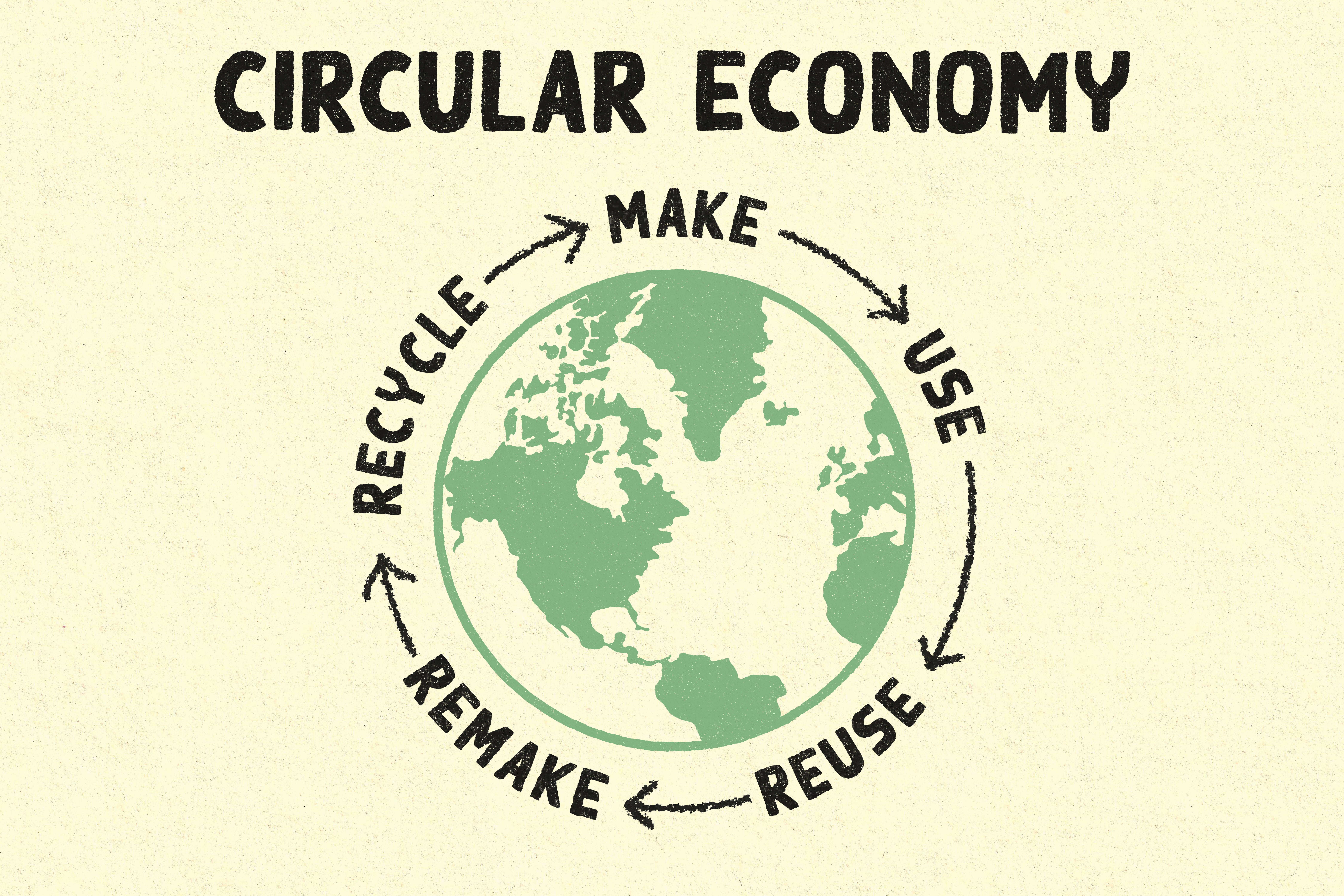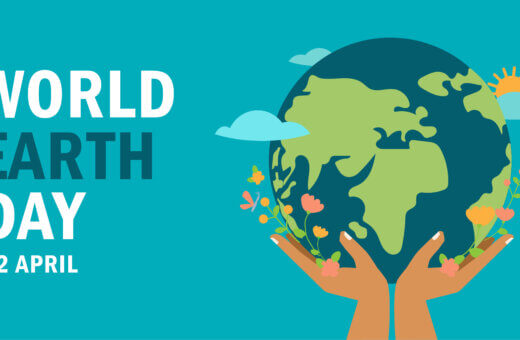In a world increasingly aware of environmental concerns, it has become paramount to rethink our approach to packaging. Flexible packaging, which includes items like pouches, bags, and wraps, plays a significant role in our daily lives. However, its convenience comes at a cost—waste, resource depletion, and environmental degradation. The solution to these challenges lies in embracing a circular economy for flexible packaging. In this blog, we will explore why a circular economy is crucial for the future of flexible packaging and, indeed, our planet.
Resource Conservation
One of the central pillars of a circular economy is resource conservation. Flexible packaging predominantly uses plastics, which are derived from finite resources like fossil fuels. A circular economy model promotes the efficient use of these resources by reusing, recycling, and remanufacturing materials. This not only preserves valuable resources but also reduces the carbon footprint associated with their extraction and production.
Waste Reduction
Flexible packaging, prized for its lightweight design that reduces transportation costs and emissions, poses a significant waste challenge when not managed properly. The linear model of “take, make, dispose” has led to vast quantities of plastic waste, much of which ends up in landfills and oceans. Embracing a circular economy approach keeps materials in use for as long as possible, minimizing waste generation and preventing plastic pollution.
Energy Efficiency
The production of plastics and flexible packaging is energy-intensive. By recycling and reusing materials, a circular economy reduces the need for the energy-intensive production of virgin materials, thus contributing to a decrease in greenhouse gas emissions. This not only conserves energy but also mitigates the impacts of climate change.
Economic Benefits
Circular economy practices can generate economic opportunities. The recycling and remanufacturing industries can create jobs, foster innovation, and enhance economic resilience. Companies that adopt circular packaging practices position themselves for long-term economic viability and sustainability.
Environmental Impact Reduction
The improper disposal of non-recycled flexible packaging can result in environmental harm, including soil and water contamination and air pollution. A circular economy mitigates these negative impacts by promoting sustainable waste management practices and reducing pollution.
Consumer Preference
Consumers are increasingly eco-conscious and gravitate toward products and packaging that align with their values. Brands that adopt circular economy principles in their packaging not only reduce their environmental footprint but also appeal to the growing segment of consumers seeking sustainable options.
Regulatory Compliance
Governments and regulatory bodies worldwide are tightening their focus on reducing plastic waste and promoting circular economy practices. Companies in the flexible packaging industry that proactively embrace circular approaches can stay ahead of evolving regulations and avoid potential fines or penalties.
Conclusion
In conclusion, a circular economy in flexible packaging is not just a buzzword; it is a necessity for our planet’s well-being. It addresses critical issues such as resource depletion, waste generation, environmental harm, and consumer expectations. By embracing a circular economy model, we can create a more sustainable and responsible future for the flexible packaging industry. It’s a win-win situation: businesses reduce their environmental footprint while securing their long-term viability, and our planet benefits from reduced resource consumption and pollution. It’s time for the flexible packaging industry to fully embrace the circular economy for the sake of a brighter, greener, and more sustainable future.




